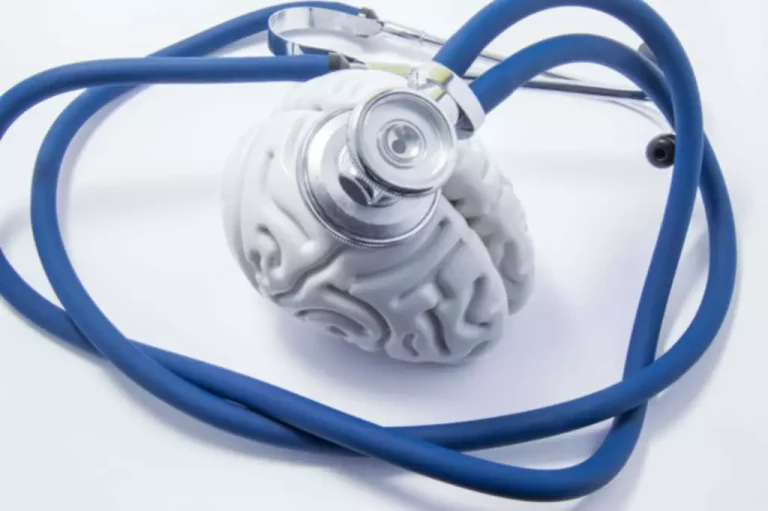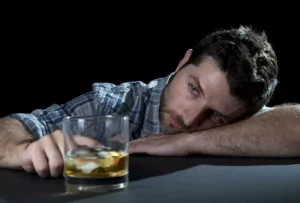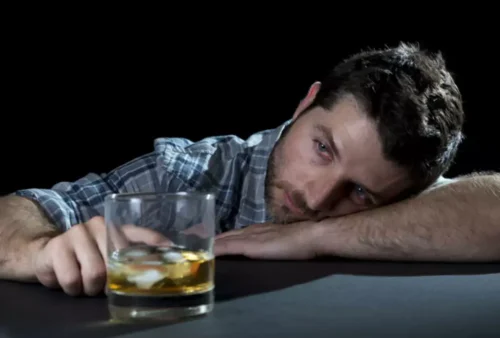Cognitive-Behavioral Therapies: Achievements and Challenges PMC
While CBT has been proven through various meta-analyses to be an effective treatment for various psychological disorders, it continues to be highly unavailable to those who would most benefit from its introduction (Shafran et al., 2009). Cognitive Behavioral Therapy, like other therapies, focuses on reducing the presence of negative emotions. Positive psychology can be presented https://ecosoberhouse.com/ as the catalyst that CBT needs to endure as a formidable treatment for psychological problems. The reduction of negative emotions does not create the presence of positive emotions. CBT breaks problems down into smaller pieces to give detailed attention to each part. The techniques aid patients in disrupting negative, automatic thoughts, and replacing them with more helpful ones.
Which thoughts and behavioral patterns are harmful, and which are not?
As known, the common answer up until now has been the common factors, a theory that proposes that different approaches in psychotherapy share common factors that account for much of the effectiveness. Among these common factors, therapeutic relationship factors are frequently emphasized (Wampold and Imel 2015). Of course, such an explanation would question cognitive behavioral therapy the empirical data -based on randomized placebo-controlled trials- in favor of the greater efficacy of CBT approaches for some disorders, mainly anxiety-related disorders. In Beck’s CT and in constructivist models voluntary attention and executive control depend on the elaboration of cognitive contents related to self-knowledge and self concepts.
You Must Be Willing to Change
Recovery-Oriented Cognitive Therapy (CT-R) is a new approach based on Dr. Aaron Beck’s cognitive model that focuses on improving the lives of individuals with serious mental health conditions, like schizophrenia and psychosis, rather than simply reducing their symptoms. The most widely-practiced and heavily-researched form of psychotherapy, CBT has been demonstrated to be effective for both children and adults. Techniques designed to directly modify cognitions may be neither necessary nor sufficient for improvement, and in some cases can produce paradoxical effects. For example, research has shown that under certain laboratory conditions, subjects attempting to control or suppress thoughts were more likely to experience them later, in a process called the “postsuppression rebound effect” [17]. Although research on ACT remains in its initial stages, preliminary investigations from 21 clinical trials have demonstrated that the treatment is effective for a variety of clinical conditions, including mood and psychotic disorders, and compares quite favorably when tested against traditional CBT [10].
An Overview and Summary of CBT
Self-schemata are established in domains that the person values, including physical characteristics, social roles, personality traits, and areas of particular interest and skill (Markus and Nurius 1986). During his research Dr. Beck found that depressed patients often experienced negative thoughts about themselves, the world, and/or the future. These thoughts, or cognitions, appeared to occur spontaneously and Dr. Beck referred to them as “automatic thoughts.” Depressed patients would focus on these negative automatic thoughts resulting in both negative feelings and negative behaviors. Rational Emotive Behavior Therapy (REBT) is a type of cognitive therapy first used by Albert Ellis, focusing on resolving emotional and behavioral problems. The behavior part of the therapy involves setting homework for the client to do (e.g., keeping a diary of thoughts). The therapist gives the client tasks to help them challenge their irrational beliefs.

She followed her father’s path in research and development of treatments significant in cognitive behavioral therapy. Her work in the area of copping and mechanisms for change advanced the science in a progressive direction. The theory of cognitive distortions by Beck and the theory of irrational thinking by Dr. Albert Ellis helped to better explain psychological problems. Beck theorized that in childhood, the development of maladaptive processes led to these problems. Dr. Ellis’s theory was based around a set of defined irrational beliefs, also known as common irrational assumptions.
Enhancing Healthcare Team Outcomes
The main difference between CBT and DBT is CBT focuses on challenging negative thought patterns, while DBT emphasizes acceptance and change, offering skills for emotional regulation, interpersonal effectiveness, distress tolerance, and mindfulness. Rational emotive behavior therapists have cited many studies in support of this approach. Most early studies were conducted on people with experimentally induced anxieties or non-clinical problems such as mild fear of snakes (Kendall & Kriss, 1983).
- It is well known that Wilhelm Wundt is the father of experimental psychology, founding the first formal laboratory for psychological research at the University of Leipzig in 1879; in reality what was then thought as experimental psychology is a far cry from today’s definition.
- If learning the concepts of cognitive behavioral therapy could help all people, through the examination of their cognitive distortions, an impact on reducing that stigma might be made.
- Hollon and DiGiuseppe (2010), in their exhaustive historical account, have confirmed that the cognitive revolution in cognitive psychology and CBT did not appear to effect each other.
- Related terms, such as behaviour modification, began to be used more frequently during the decade.
- CBT usually starts with one or two sessions focused on assessment, during which the therapist will help the client identify the symptoms or behavior patterns that are causing them the most problems and set goals for treatment.
Cognitive behaviour therapy (CBT), a common form of psychotherapy used to help people become aware of and to change their inaccurate or negative patterns of thinking. Unlike many traditional psychotherapies, cognitive behaviour therapy (CBT) is not directed at uncovering the origins of a person’s particular problem. Instead, CBT focuses on how people’s thinking patterns affect their emotions and behaviours.
CBT as an Increasingly Popular and Evidence-Based Practice
Cognitive Behavioral Therapy and IBS Symptoms – Everyday Health
Cognitive Behavioral Therapy and IBS Symptoms.
Posted: Mon, 03 Apr 2023 07:00:00 GMT [source]
When the emotion that is brought to the surface from the nightmare is exposed, a therapist can help the patient to redefine the emotion desired and to develop a new image to elicit that emotion. The principles of Cognitive Behavioral Therapy can be of great use to those who are practitioners in positive psychology. An individual’s immediate, unpremeditated interpretations of events are referred to as automatic thoughts.
Clinical Significance
That being said, medication does still perform better for some conditions, and many people find it most beneficial to combine CBT with medication. Consider these strategies when you start to solve someone else’s problem without being asked, feel stuck in your own problem-solving, or judge yourself negatively. For example, a person who is upset about being single will be encouraged to take concrete measures but also question any undue negativity or unwarranted premise (« I will be alone forever ») that they attach to this present-day fact.











Commentaires récents